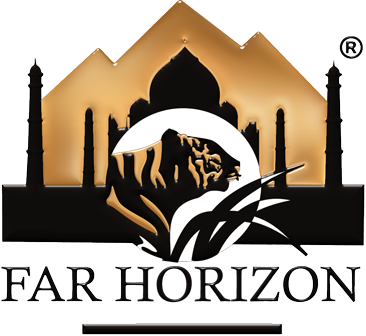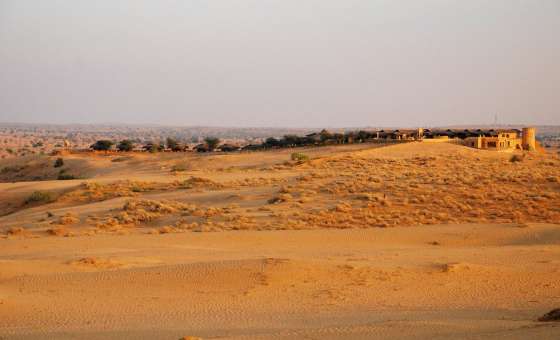It comprises of the states of Maharashtra, Goa, and Gujarat; it also has union territories of Daman & Diu, and Dadra & Nagar Haveli under its ambit.
Between its Portuguese past and fishing village feel, world famous beaches and ancient temples, the paddy fields and plantations; Goa has something for everyone. Another state boasting a long coastline is Gujarat that seems to project out into the Arabian Sea. In West India, Maharashtra is the state that houses the only city for which the word 'megalopolis' is used in the country - Mumbai.
Wedged between Maharashtra and Gujarat is Dadra and Nagar Haveli - another union territory which is replete with mesmerising mountain ranges, meandering rivers and lush green forests.
West India is a magnificent kaleidoscope of cultures where distinct religions, traditions, and lifestyles mingle to thrive and prosper.
































































































